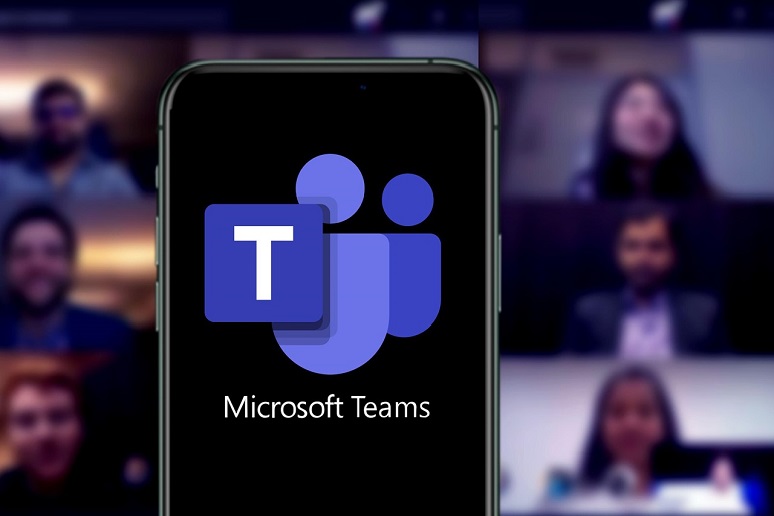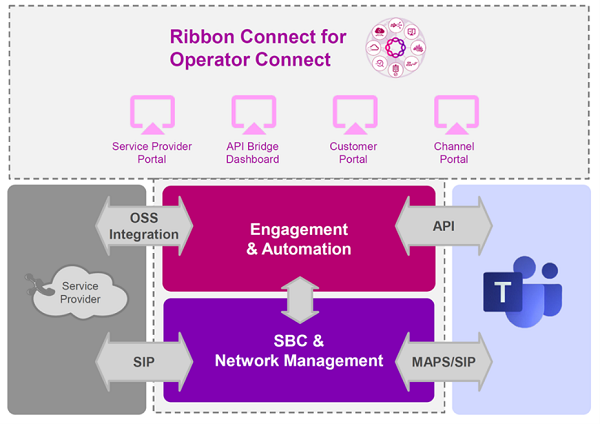Microsoft last week announced the Operator Connect Accelerator program, which shifts the integration of service provider / Microsoft APIs for Operator Connect integrations from the service providers to the SBC vendors. This program has the potential to significantly simplify the configuration of a Teams PSTN access through a service provider, while enabling a wider range of service providers to participate in the Operator Connect program.
As the industry moves to UCaaS and cloud-based services from non-telcos (Microsoft, Cisco, Zoom), how to provide PSTN access (trunking) services is a new challenge. While most vendors offer a monthly unlimited type dialing plan, for most medium to larger enterprises, especially based on the changes in communications patterns, sticking to shared bulk billed service similar to traditions TDM/SIP trunks is more desirable. While per month PSTN access plans are typically $10-12, most enterprises are spending less that $5 per line for non-contact center users/endpoints. Moving to a monthly per user charge can make the transition to a UCaaS service more costly than an on-premises solution due to these costs alone.
The response of the industry has been to enable two ways to connect to the PSTN through a carrier. The first is enabling the use of an SBC in a “Direct Routing” (the Microsoft name) type service. In this case, the in/outbound PSTN calls are routed form the UCaaS vendor cloud to a specified SBC where the calls are connected to a PSTN access/trunking service provider. This is a fairly simple solution and can be implemented on the enterprise premises or in an SP location. It has become the “go-to” way to access the PSTB from Teams; in fact,
research shows less than 20% of current Teams Phone users are using a Microsoft provided calling plan, while the majority are using Direct Connect. However, the configuration and operation of this solution does not enable configuring the complete solution directly from the Teams and it is not highly integrated.
The second option is a direct connection from the UCaaS platform to a service provider. In the Microsoft implementation, this is Operator Connect. The value of this integration and certification is that the service provider configuration and operations are integrated into Teams, reducing the enterprise’s administration work and simplifying deployments. Operator Connect also includes the integrations of performance and QoS across the Internet from the Azure/Teams data centers to the services providers locations. The intended purpose of Operator Connect is to automate and streamline the UCaaS adoption process, while also delivering a superior service by optimizing the operational process between the service provider and the Microsoft Cloud and Phone System.
While the Operator Connect program has been around for a while and currently has
24 service provider partners, the value and integration across the partners is not equal, and the result is that Operator Connect has not replaced Direct Connects and independent SBCs in most enterprise strategies. It was clear that getting end users to move to Operator Connect needed a major push.
To accelerate the differentiated value and adoption of Operator Connect, Microsoft has rolled out the Operator Connect program to enable a service provider to integrate their delivery and billing systems into the Teams administration system and admin experience. The challenge has been the complexity of this integration. For example, a service provider may have multiple operations and billing platforms spread across its offers and geography, and each requires a level of integration with the 50-plus APIs that Microsoft has implemented to integrate the Teams admin to the service providers. Properly implemented, the Operator Connect program enables the selection of a service provider directly from the Teams admin portal, simplifying administration tasks and automates the process of configuring number and billing between Teams and the service provider. The challenges and effort to complete the Operator Connect process has resulted in a small number of Direct Connect providers moving to the Operator Connect paradigm, and, according to the SBC vendors that are the underlying technology, many of those already on the Operator Connect list are struggling with implementation complexity.
The Operator Connect Accelerator program moves the integration “challenge” to the SBC vendors for Teams. The OCA focus is to have the SBC vendors develop the interfaces between their SBCs and Teams as well as the required interfaces between the team’s APIs and the back-end systems used by the service providers. Then the service provider adoption cycle can be reduced from 9-18 months toa few weeks. While the entire list does not seem to have been released, the initial SBC vendors seems to include Ribbon, AudioCodes, Metaswitch, AudioCodes, SIPPIO, and NuWave.
By moving the complexity of the API integration to the SBC vendors, the work of a specific integration can be distributed across a range of their service provider customers. The integrations between Teams, the SBC, and a specific billing/operations platform can be used by several service providers, distributing the costs of implementation across the service providers using the solution.
I talked with Greg Zweig, director of solutions marketing at Ribbon, about the company’s Operator Connect Accelerator solution (see graphic below). He discussed how their solution would both accelerate the features/capabilities of their service provider partners, but also the adoption. He indicated a typical service provider may take nine to 18 months to do the complete Teams API integrations, while adopting the Operator Connect solution could be done in weeks. In this case, Ribbon not only provides the SBC functionality between the service provider and Teams, the also provide the engagement and automation to make the implementation easy and seamless. He also emphasized n how many of the service provider customers had multiple OSS systems based on acquisitions and geographic differences, further compounding the challenges. For Ribbon, they are building the solution to the OSS and billing systems their service provider partners use.
Ribbon is planning to offer their solution as a wholesale cloud subscription to the service providers. This service can be added by a service provider to their Ribbon SBC solution to enhance the overall offer to include the added capabilities the APIs and services included in a full Operator Connect integration. Combined with the reduction in initial integration work, this can dramatically reduce the initial Operator Connect investment while compensating the SBC vendor for actual adoption and usage.
Operator Connect and the easy integration of service provider PSTN access and termination service into UCaaS is a critical part of enabling a smooth migration from traditional PBX based telephony to a complete Teams based solution including telephony/PSTN services. With the new accelerator program, Microsoft is opening the door to dramatically reducing the barriers to delivering the enhanced value of Operator Connect. Microsoft is upping the bar for the future of business communications.











